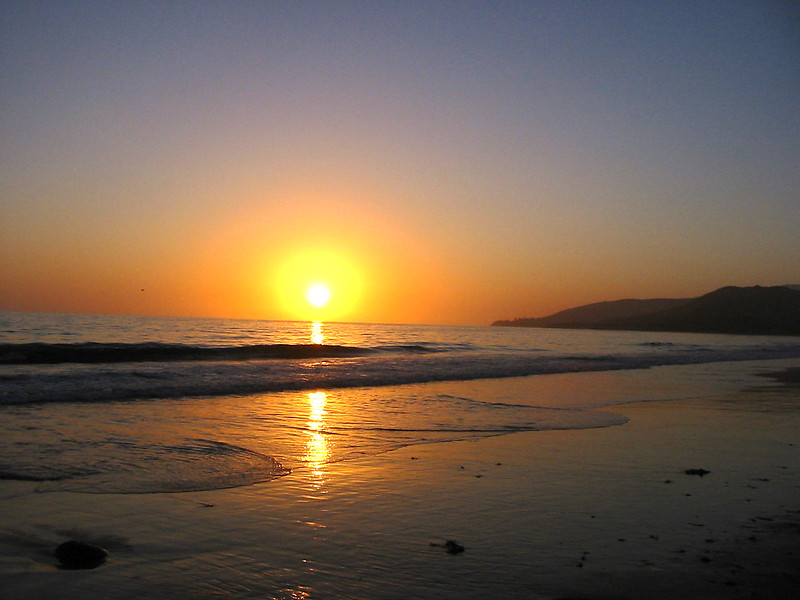

In addition to their tending of the garden, they were said to have taken great pleasure in singing.Įrytheia ("the red one") is one of the Hesperides. Hesperis is appropriately the personification of the evening (as Eos is of the dawn) and the Evening Star is Hesperus. Hesperides scene of the apotheosis of Heracles ( romanised to Hercules) on a late fifth-century hydria by the Meidias Painter in London They are sometimes called the Western Maidens, the Daughters of Evening or Erythrai, and the "Sunset Goddesses", designations all apparently tied to their imagined location in the distant west. Their names were: Aegle, Erythea, Arethusa, Hestia, Hespera, Hesperusa and Hespereia. He believed that they were the seven Hesperides, nymph daughters of the Atlas and Hesperis. Petrus Apianus attributed to these stars a mythical connection of their own. A Pyxis has Hippolyte, Mapsaura, and Thetis. An ancient vase painting attests the following names as four: Asterope, Chrysothemis, Hygieia and Lipara on another seven names as Aiopis, Antheia, Donakis, Kalypso, Mermesa, Nelisa and Tara. In another source, they are named Ægle, Arethusa and Hesperethusa, the three daughters of Hesperus. Hyginus in his preface to the Fabulae names them as Aegle, Hesperie and Aerica. Apollonius of Rhodes gives their names as Aigle, Erytheis and Hespere (or Hespera). Fulgentius gives four Hesperides, named: Aegle, Hesperie, Medusa and Arethusa. Pseudo-Apollodorus gives the number of the Hesperides as four, named: Aigle, Erytheia, Hesperia (or Hesperie) and Arethusa. Is the colour of the setting sun: red, yellow or gold. Hesiod says that these "clear-voiced Hesperides", daughters of Night, guarded the golden apples beyond Ocean, gives the number of the Hesperides as three, and their names as: Aigle (or Aegle, "dazzling light"), Erytheia (or Erytheis) and ox-eyed Hesperethusa ("sunset glow", alternatively Hesperathusa, Hesperarethusa). Nevertheless, among the names given to them, though never all at once, there were either three, four, or seven Hesperides. In another source, the nymphs are said to be the daughters of Hesperus. Or they are listed as the daughters of Atlas, or of Zeus, and either Hesperis or Themis, or Phorcys and Ceto. They are sometimes portrayed as the evening daughters of Night ( Nyx) either alone, or with Darkness ( Erebus), in accord with the way Eos in the farthermost east, in Colchis, is the daughter of the titan Hyperion. The one shown presents the Olympian gods feasting around a tripod table holding the golden Apple of the Hesperides. This circular Pyxis or box depicts two scenes.


 0 kommentar(er)
0 kommentar(er)
